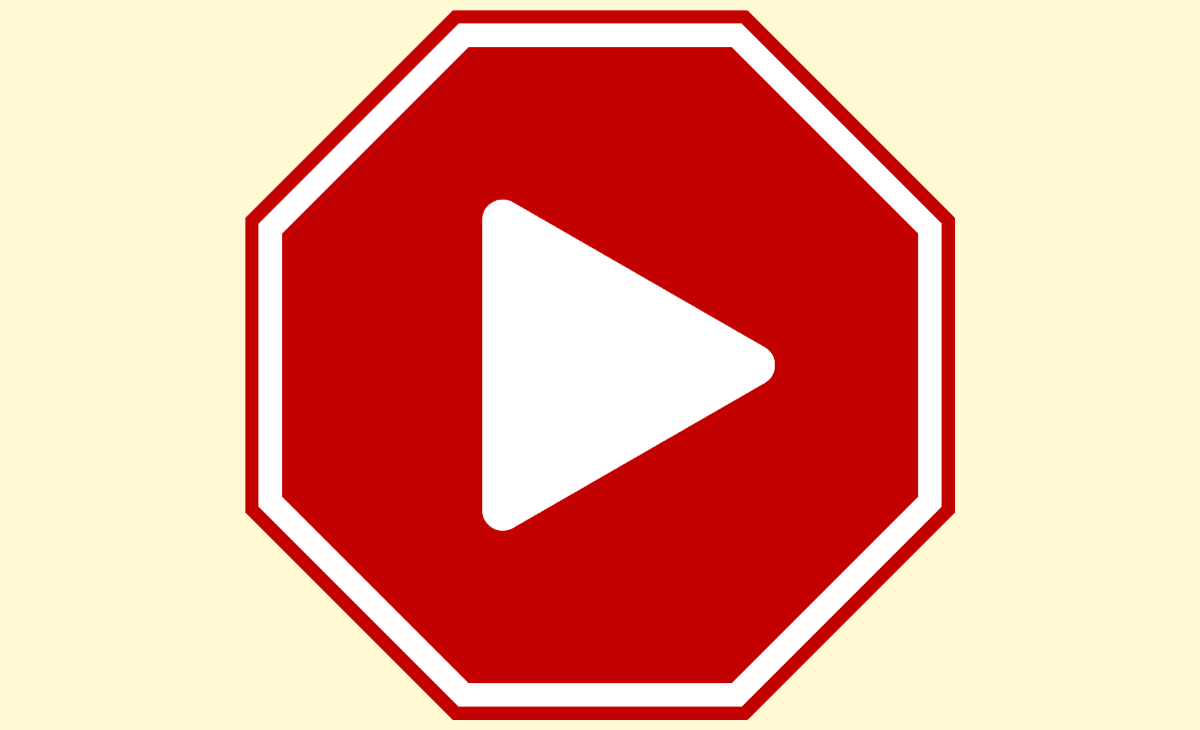YouTube is a cornerstone of the internet—it’s the second-most visited website outside of Google (its parent company), and users stream billions of hours of content daily through its site and app. The juggernaut video-sharing platform has recently implemented three changes that are causing ripples across the digital landscape—and may have an impact on advertisers.
Let’s look at each and assess what it means for marketing on YouTube.
YouTube Change #1: Blocking the Ad-Blockers
YouTube has now taken a firm stance against the use of ad-blockers on its platform. Over the summer, it began testing a function that would notify users to disable their ad blockers while preventing them from viewing videos. That function is now rolling out wider across the platform. The move has sparked plenty of complaints and pushback from some YouTube users.
Impact on Advertisers: For advertisers, YouTube’s efforts to combat ad-blockers may bring a little positive news. Advertisers invest significant resources in creating and promoting content on the platform, and in theory ad-blockers undermine the effectiveness of their ads. While YouTube aims to ensure that advertisers’ content reaches a wider audience, this change might not be an overnight boon for advertisers—though it may put a little more money into creators’ pockets.
“From an advertiser perspective, it’s marginally more inventory to be delivered on,” ADM’s Eric Picchietti, VP of Client Growth, said, noting that the sheer size of YouTube’s ad placement inventory is already so large that it might be difficult to perceive performance increases based on this change. It certainly won’t hurt, but at the moment it seems unlikely that this change will cause a sudden leap in ad performance or efficiency.
YouTube Change #2: Product Ad Timestamps
YouTube is also introducing a new feature that allows content creators to add timestamps to tagged products within their videos. When a timestamp is added, a shopping cart button will appear at the designated moment, precisely when audience engagement is expected to be at its peak.
Impact on Advertisers: This feature is a fascinating addition to ad targeting on YouTube. The ability to precisely target potential customers during strategic moments, coupled with improvements in the shopping experience, could lead to increased engagement and conversions for advertisers. Essentially, it grants content creators and sponsors more control to strategically place product ads for maximum impact.
This wrinkle doesn’t do much, however, for advertisers who are not creating their own videos—it’s aimed more at creators. But for eCommerce brands, it will likely increase the appeal of partnering with influencers and creators for product placements.
YouTube Change #3: Google Ads Demand Gen Campaigns
Google Ads announced recently that its new Demand Gen campaigns, which combine video and Discovery ad placements with AI-powered optimization, would formally replace Discovery campaigns. These campaigns aim to reach users interested in products but who haven’t yet taken action, generating demand quickly. They serve ads across the Google ecosystem, but because of the video focus they will likely concentrate on YouTube.
Impact on Advertisers: These AI-driven campaigns seem to be intended as “Performance Max for video,” though they maintain more advertiser control (in terms of audience targeting and bid strategy options) than Performance Max. This shift to AI-powered video campaigns should streamline marketing efforts, reducing the need for separate top-of-funnel campaigns. Based on early returns, these campaigns seem like a great way for advertisers to get more exposure on YouTube.
YouTube’s Changing Advertising Focus
The ad blocker ban likely won’t dissuade anyone from using YouTube, it’s too ubiquitous. But it’s hard to open up additional ad inventory when the existing library was near-infinite. The timestamp function is intriguing, but right now it seems geared more at popular personalities selling their own merchandise than at established brands.
Demand Gen, on the other hand, is pointed firmly at advertisers—particularly eCommerce brands, who would be wise to begin implementing the new campaign format now before it formally replaces Discovery in Q1 2024.
As YouTube continues to reshape its advertising capabilities, however, it will be important to monitor how its role can change within your advertising strategy. Assess the potential value of creating original content of your own or finding popular creators with whom you can create product collaborations and sponsorships. Embrace newer, smarter video placement campaigns early to get ahead of the competition. And if you have any questions about building effective video campaigns that bring your brand message to a wider audience, reach out to the ADM team to start a conversation about our unique custom approaches.




